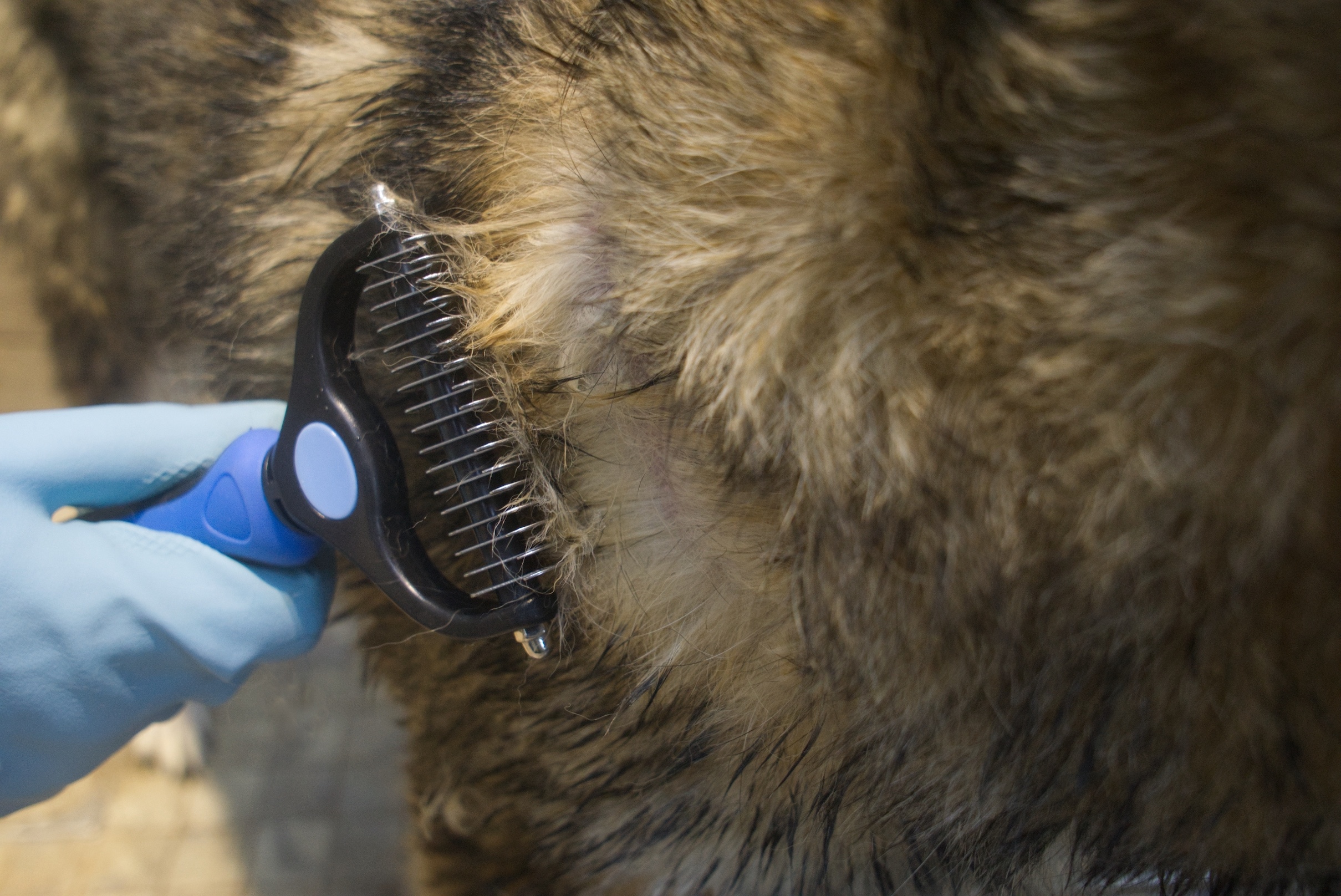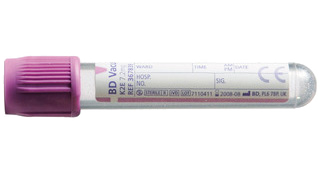


Poil double
Commandez l'examen
57,48
47,50 (hors 21% TVA)
Description
Le pelage des chiens peut être à une ou deux couches. Un poil double se compose d’un poil de couverture grossier et d’un sous-poil plus doux. Dans les races à poil unique, le sous-poil est absent. Le test détecte une mutation fortement associée en amont du gène ADRB1. On pense que le mode de transmission est autosomique récessif, bien que cela n’ait pas encore été confirmé.
Espèce cible et races
Chien
Toutes les races
Prélèvement
- Ecouvillon génétique
- EDTA sang complet
Délai
14 jours
